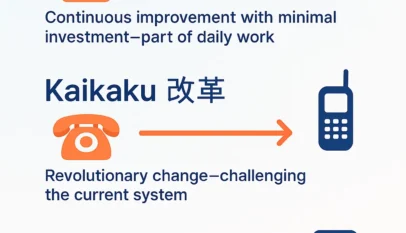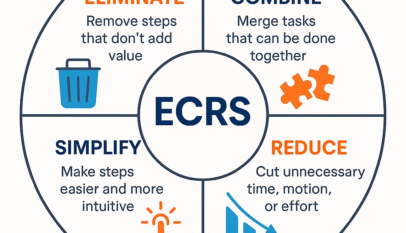Introduction
Project Cost Management is a critical component of successful project management. It encompasses the various processes necessary for planning, estimating, budgeting, financing, funding, managing, and controlling costs to ensure a project is completed within the approved budget. Effective cost management ensures that resources are used efficiently and helps make informed decisions throughout the project life cycle. This blog post will delve into the four key processes of Project Cost Management and provide insights into how these processes can be effectively executed.
- Plan Cost Management
The first step in Project Cost Management is to plan how the project’s costs will be estimated, budgeted, managed, monitored, and controlled. This involves establishing a clear framework for cost management and selecting appropriate tools and techniques for each stage of the process. The scope definition is crucial during this stage, as the ability to influence cost is greatest at the early stages of the project. To ensure a robust cost management plan, project managers must consider the following:
- Define the cost estimation approach and techniques to be used.
- Establish the project’s cost baseline, a reference for measuring, monitoring, and controlling project costs.
- Determine the cost control thresholds and criteria for taking corrective actions.
- Develop a process for monitoring and updating cost estimates and budgets throughout the project life cycle.
- Estimate Costs
Estimating costs is the process of developing an approximation of the monetary resources needed to complete the project work. This process requires a thorough understanding of the project scope, resources, and constraints. Accurate cost estimates can be achieved through various tools and techniques such as expert judgment, analogous, parametric, and bottom-up estimating. Some key factors to consider while estimating costs include:
- Account for direct and indirect costs associated with the project.
- Consider risks and uncertainties, and include contingency reserves in the estimates.
- Regularly review and update cost estimates as the project progresses and more information becomes available.
- Determine Budget
The next step in Project Cost Management is determining the project budget by aggregating the estimated costs of individual activities or work packages. This process helps establish an authorized cost baseline for cost control and monitoring. To effectively determine the project budget, project managers should:
- Ensure the cost estimates are accurate and up-to-date.
- Consider the project schedule, resource availability, and potential constraints or risks.
- Allocate contingency reserves for known uncertainties and management reserves for unknown risks.
- Obtain approval for the project budget from relevant stakeholders.
- Control Costs
Controlling costs involves monitoring the project’s status to update costs and manage changes to the cost baseline. This process ensures that the project stays within the approved budget and that any deviations are promptly addressed. To effectively control project costs, project managers should:
- Regularly compare the actual project costs with the cost baseline and analyze variances.
- Implement cost control measures to minimize cost overruns or to recover from deviations.
- Update the cost baseline as needed to account for approved changes.
- Communicate cost performance information to stakeholders and take corrective actions when necessary.
Conclusion
Project Cost Management is essential to the success of any project. It enables project managers to allocate resources effectively, make informed decisions, and complete the project within the approved budget. By understanding and implementing the four key processes of Project Cost Management – Plan Cost Management, Estimate Costs, Determine Budget, and Control Costs – project managers can significantly enhance their ability to deliver successful projects. Furthermore, recognizing that stakeholders measure project costs differently and at different times is crucial for effective communication and decision-making throughout the project life cycle.

















